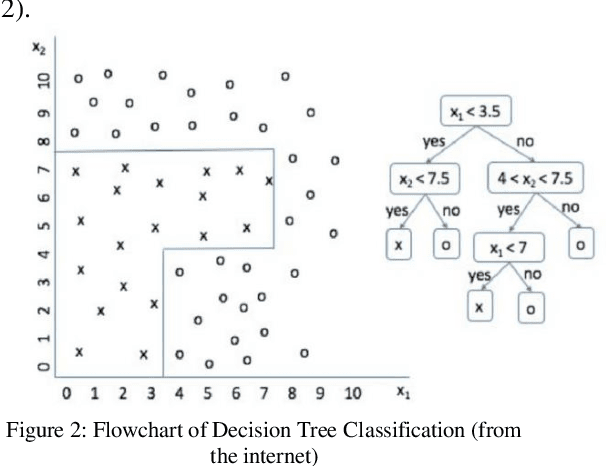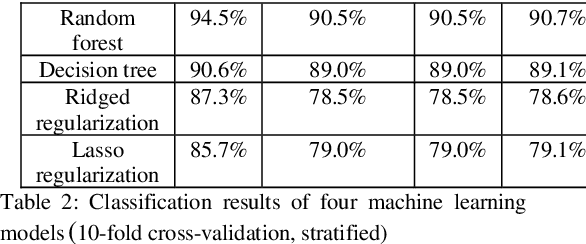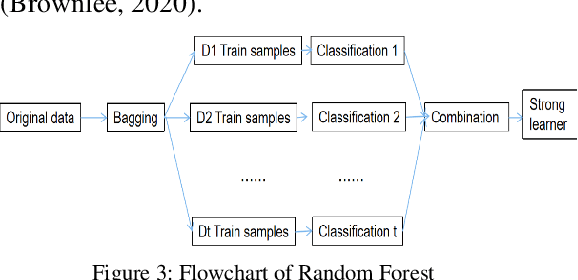Ruiying Yang
Competitive Learning for Achieving Content-specific Filters in Video Coding for Machines
Jun 18, 2024Abstract:This paper investigates the efficacy of jointly optimizing content-specific post-processing filters to adapt a human oriented video/image codec into a codec suitable for machine vision tasks. By observing that artifacts produced by video/image codecs are content-dependent, we propose a novel training strategy based on competitive learning principles. This strategy assigns training samples to filters dynamically, in a fuzzy manner, which further optimizes the winning filter on the given sample. Inspired by simulated annealing optimization techniques, we employ a softmax function with a temperature variable as the weight allocation function to mitigate the effects of random initialization. Our evaluation, conducted on a system utilizing multiple post-processing filters within a Versatile Video Coding (VVC) codec framework, demonstrates the superiority of content-specific filters trained with our proposed strategies, specifically, when images are processed in blocks. Using VVC reference software VTM 12.0 as the anchor, experiments on the OpenImages dataset show an improvement in the BD-rate reduction from -41.3% and -44.6% to -42.3% and -44.7% for object detection and instance segmentation tasks, respectively, compared to independently trained filters. The statistics of the filter usage align with our hypothesis and underscore the importance of jointly optimizing filters for both content and reconstruction quality. Our findings pave the way for further improving the performance of video/image codecs.
Automatic Analysis of Linguistic Features in Journal Articles of Different Academic Impacts with Feature Engineering Techniques
Nov 15, 2021



Abstract:English research articles (RAs) are an essential genre in academia, so the attempts to employ NLP to assist the development of academic writing ability have received considerable attention in the last two decades. However, there has been no study employing feature engineering techniques to investigate the linguistic features of RAs of different academic impacts (i.e., the papers of high/moderate citation times published in the journals of high/moderate impact factors). This study attempts to extract micro-level linguistic features in high- and moderate-impact journal RAs, using feature engineering methods. We extracted 25 highly relevant features from the Corpus of English Journal Articles through feature selection methods. All papers in the corpus deal with COVID-19 medical empirical studies. The selected features were then validated of the classification performance in terms of consistency and accuracy through supervised machine learning methods. Results showed that 24 linguistic features such as the overlapping of content words between adjacent sentences, the use of third-person pronouns, auxiliary verbs, tense, emotional words provide consistent and accurate predictions for journal articles with different academic impacts. Lastly, the random forest model is shown to be the best model to fit the relationship between these 24 features and journal articles with high and moderate impacts. These findings can be used to inform academic writing courses and lay the foundation for developing automatic evaluation systems for L2 graduate students.
 Add to Chrome
Add to Chrome Add to Firefox
Add to Firefox Add to Edge
Add to Edge